Canada Slashes Tariff-Free Vehicle Imports for Stellantis & GM
Ottawa Clamps Down After Automakers Scale Back Canadian Production
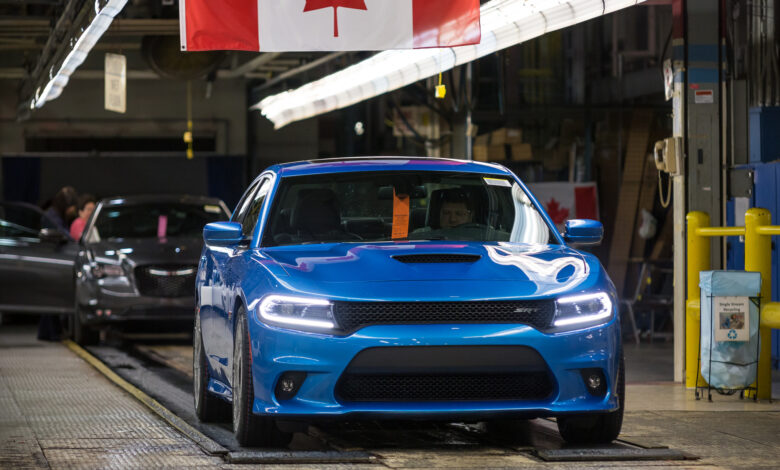
In a decisive move, Canada’s federal government has cut the number of U.S.-assembled vehicles that Stellantis and General Motors (GM) are allowed to import into the country tariff-free—an action taken in response to the manufacturers’ recent decisions to reduce their footprint in Canadian production.
Under the terms of Canada’s remission framework, automakers operating in Canada were previously granted a quota of vehicles assembled in the U.S. that they could bring into Canada without paying the full retaliatory auto tariff Canada imposed in response to U.S. tariffs. However, the relief came with the condition that those automakers continue significant local manufacturing and investment commitments in Canada.
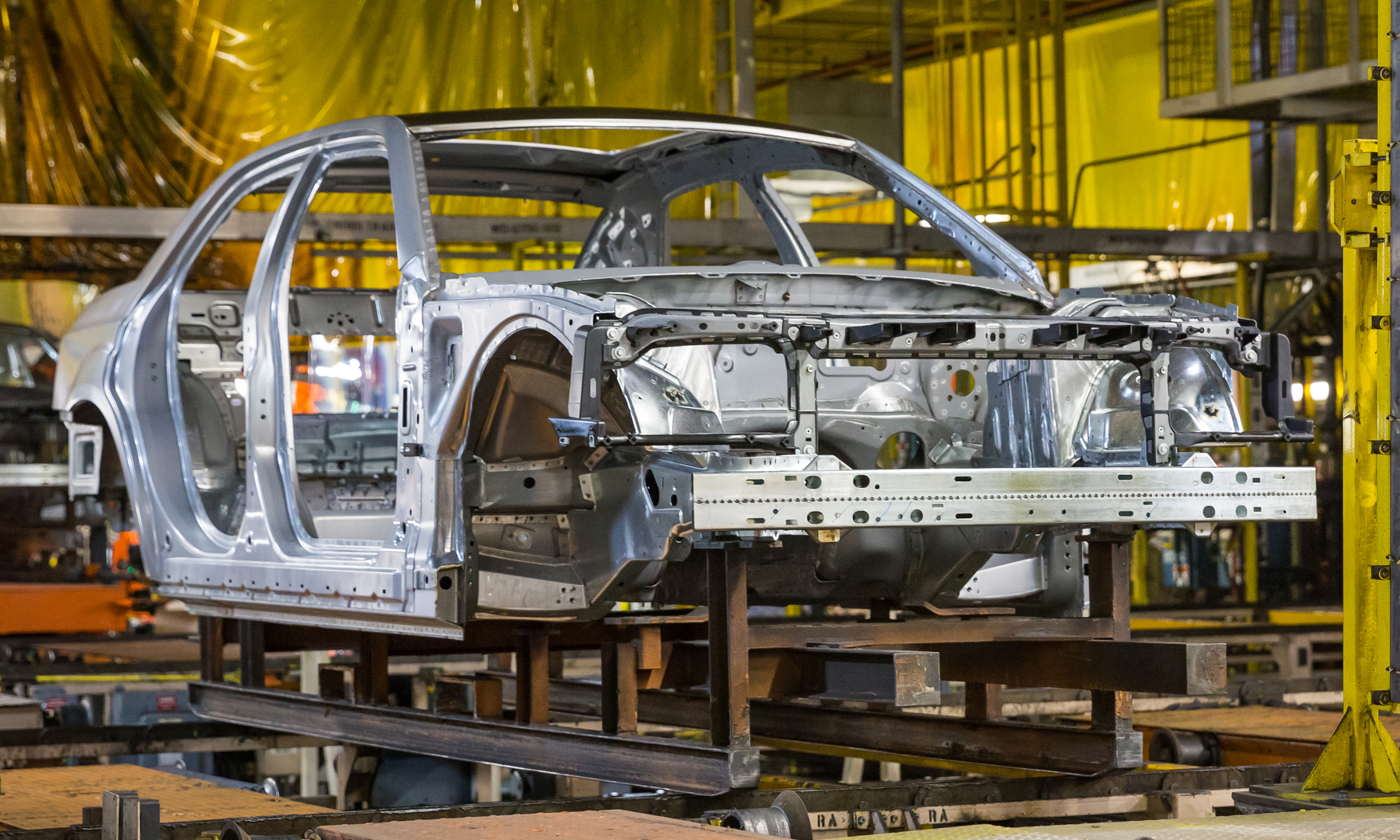
According to the announcement from Canada’s Department of Finance, GM’s tariff-free import quota will be cut by 24.2%, while Stellantis will see a sharper reduction of 50%. The government cited both companies’ moves to reduce or cancel production in Canada as key triggers—GM ended production of its BrightDrop electric vans at the CAMI Assembly Plant in Ingersoll, Ontario, and scaled back operations at its Oshawa plant. At the same time, Stellantis scrapped plans to assemble its next-generation Jeep® Compass (J4U) model at its Brampton Assembly Plant in Ontario.
In their joint public statement, Finance Minister François‑Philippe Champagne and Industry Minister Mélanie Joly noted the government’s expectation that companies “meet their contractual obligations and respect their commitments towards Canada and their workers.” For companies previously supported by Canadian government financing tied to production commitments, the message is clear: reducing Canadian operations without replacement commitments comes at a cost.
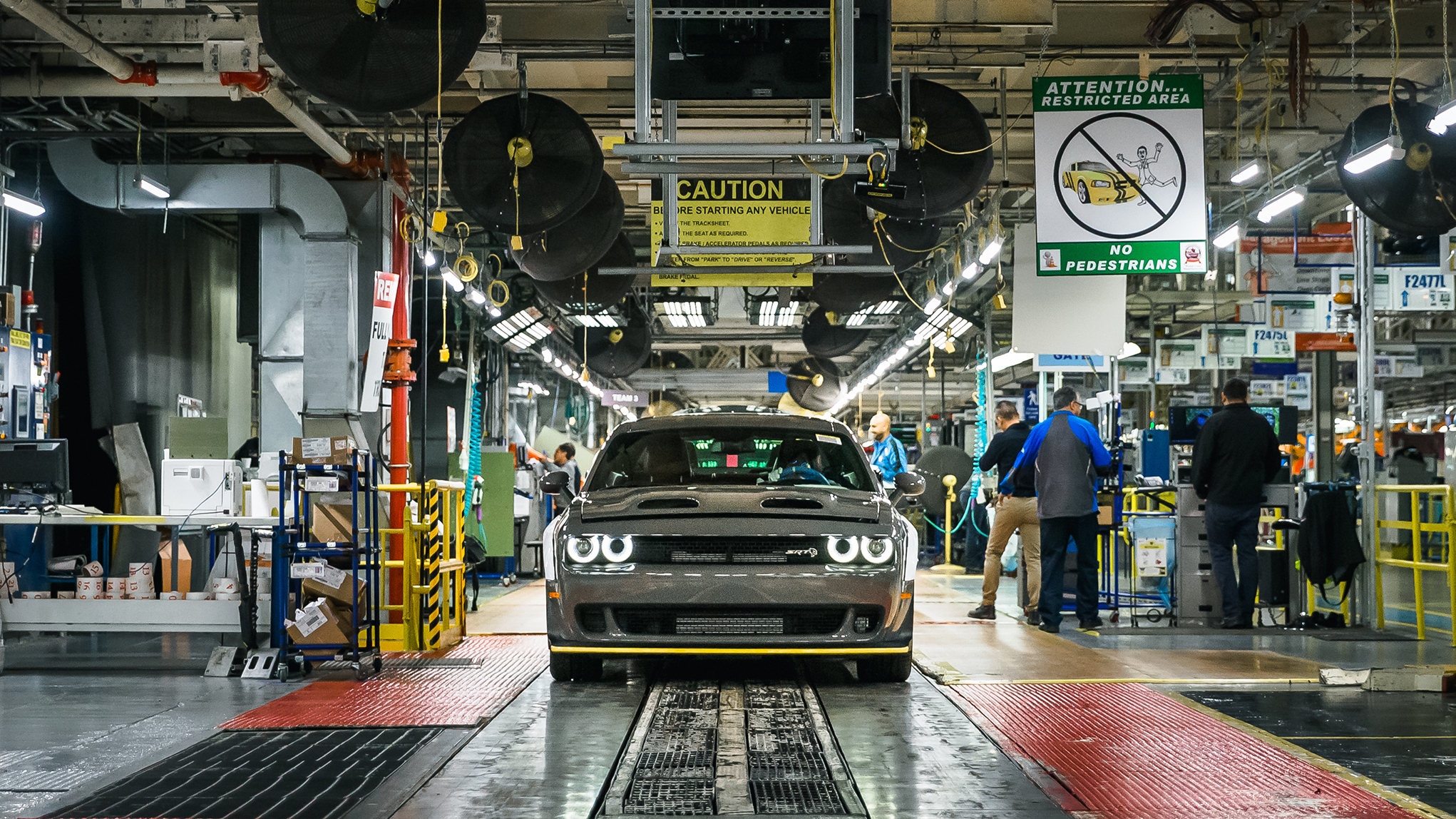
From a U.S. automotive industry perspective, this signals a tightening of the link between manufacturing in Canada and access to tariff relief on vehicles imported into the Canadian market. The move may influence future assembly and investment decisions by U.S. or North American-based automakers that rely on cross-border supply chains and trade-driven incentives.
On the Canadian side, the government is clearly reinforcing its stance that the auto sector remains a strategic part of its manufacturing base and employment ecosystem. With automotive directly and indirectly supporting hundreds of thousands of Canadian jobs—particularly in Ontario—the decision sends a strong signal that commitments to investment and jobs cannot be scaled back without consequences.
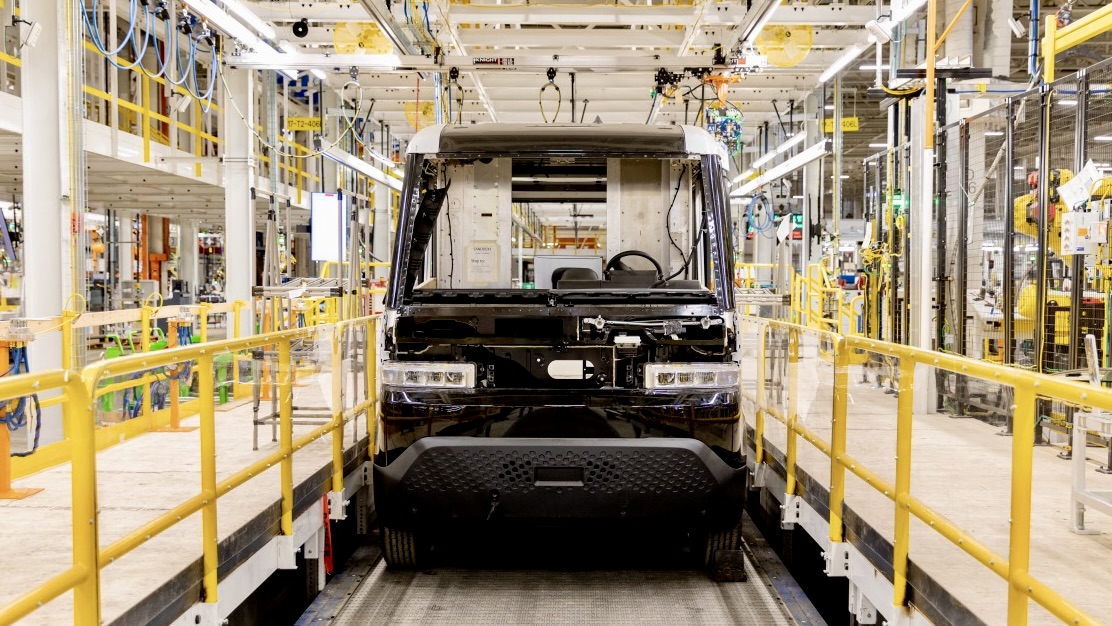
For GM and Stellantis, the tariff-free import quota cuts mean an increased cost burden on U.S.-assembled vehicles destined for Canada. Those additional costs could be passed along in pricing, or may affect model availability in the Canadian market if economics become unfavorable. Furthermore, the decision adds pressure on both automakers to either restore production commitments in Canada or face further penalties or loss of perks tied to manufacturing presence.
In practical terms, for U.S. consumers and vehicle markets, the change may not affect buyers south of the border immediately. But from a trade standpoint, it underscores how manufacturing location choices—such as moving production out of Canada or canceling planned investments—can reverberate through policy adjustments that affect market access and cost structures across the continent.
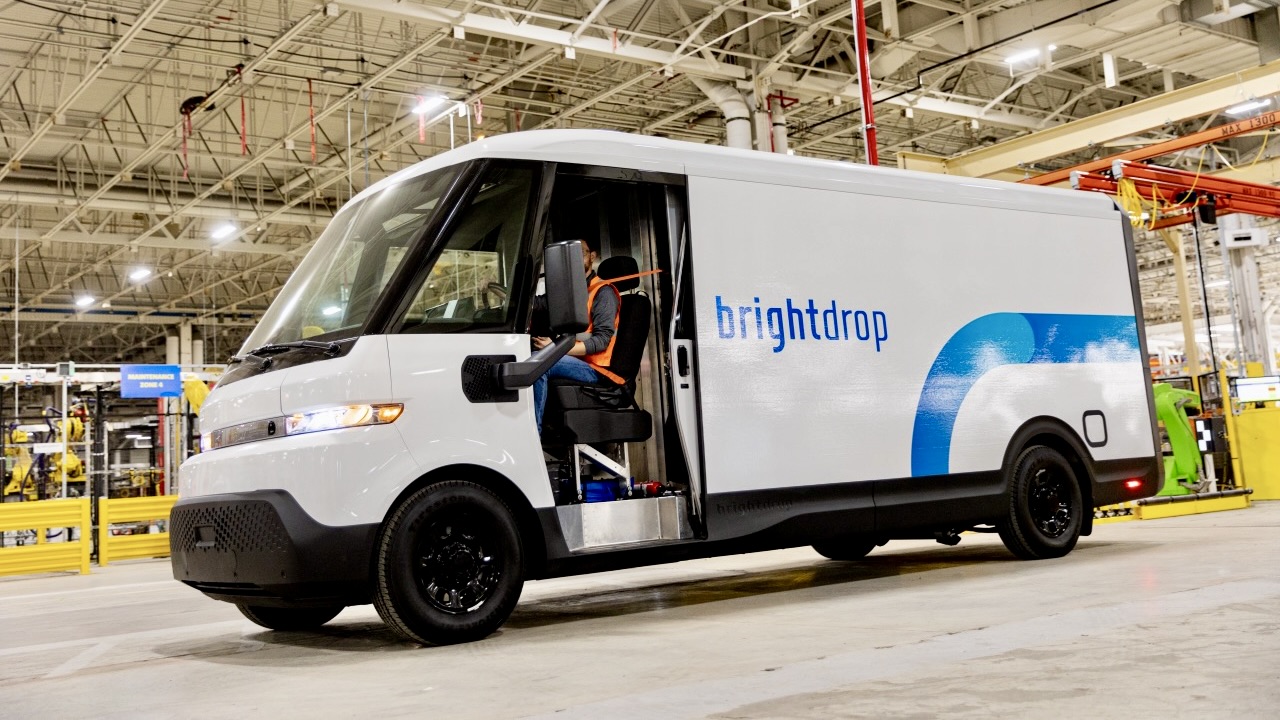
Looking ahead, if GM or Stellantis were to announce reinvestment in Canada—such as new model production, enhanced plant output, or job creation—the Canadian government has indicated it may revisit the quota decision. As Minister Champagne noted, Ottawa “would reconsider should the companies increase production in Canada and find new work at the affected factories.”
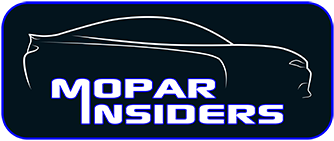
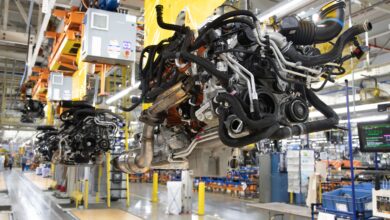
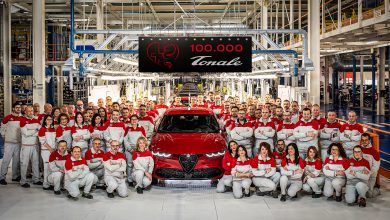
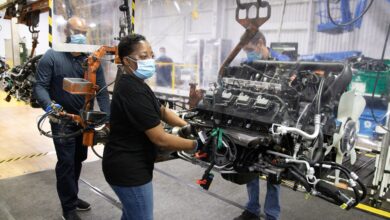
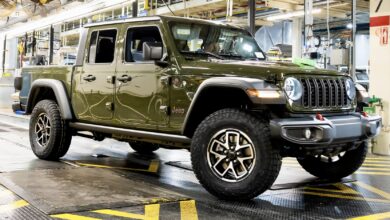
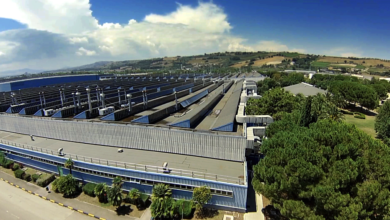
4 replies
Loading new replies...
Join the full discussion at the Mopar Insiders Forum →